
Quick commerce fuels growth in India’s retail sector
It has been especially strong in tier 1 and tier 2 cities
Quick commerce is emerging as a major force in India’s retail industry, driving market expansion, changing consumer behaviour, and creating jobs, according to a report by Kearney.
Adoption has been especially strong in tier 1 and tier 2 cities, where customers are drawn to the promise of convenience, speed, and curated assortments delivered to their doorstep.
The report found that households using the channel are generating 6% to 8% more demand across various product categories.
Impulse-driven purchases, festive items, and gifting segments are amongst the top beneficiaries. It is also driving premiumisation, with more consumers opting for higher-quality goods thanks to the ease of access and faster fulfilment.
Whilst e-commerce and modern trade lead in deep discounts—offering 13% to 18% off retail prices—quick commerce maintains competitive pricing with 6% to 9% discounts.
General trade, by comparison, offers only 2% to 5% off. This positions quick commerce as a middle ground: affordable yet more sustainable, supported by optimised logistics and lower wastage.
For every INR 1 crore in monthly gross merchandise value (GMV), quick commerce supports 62 to 64 jobs—on par with general trade (63 to 66), and far ahead of modern trade (41 to 42) and e-commerce (25 to 29). Its hyperlocal nature enables job creation not just in metros but also in semi-urban areas.
The rise of platform-based gig work, with flexible hours and cross-platform opportunities, is further reshaping workforce dynamics.
With rising consumer engagement, brands are moving more investment into quick commerce. Traditionally dominated by e-commerce and modern trade, this space is now becoming a strategic focus for companies looking for faster conversions and higher visibility.
Looking ahead, quick commerce is expected to integrate more deeply into India’s broader retail ecosystem rather than replace existing models. Its influence, however, will likely continue to grow, driven by evolving consumer expectations, ongoing digital innovation, and a strong value proposition rooted in convenience and speed.
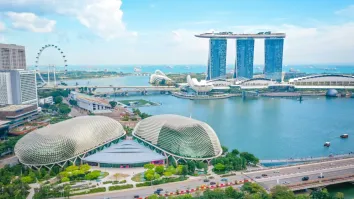
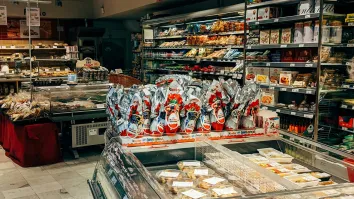

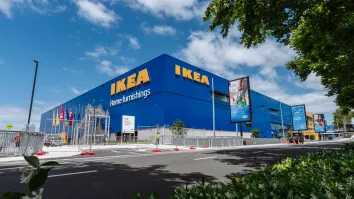






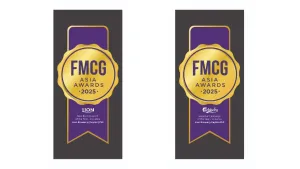





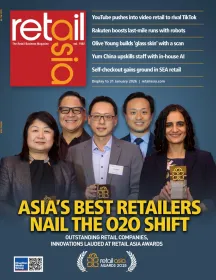
 Advertise
Advertise






